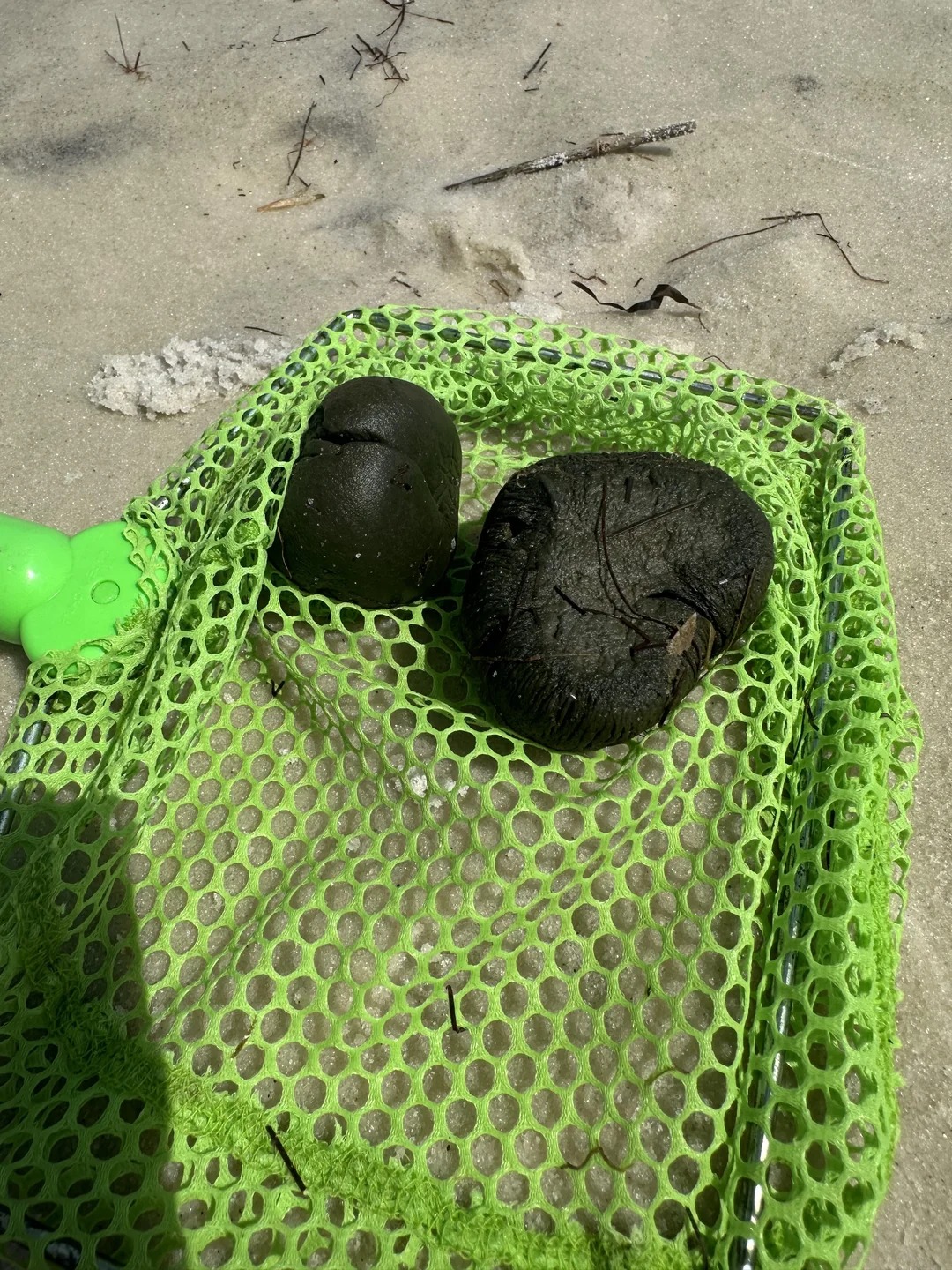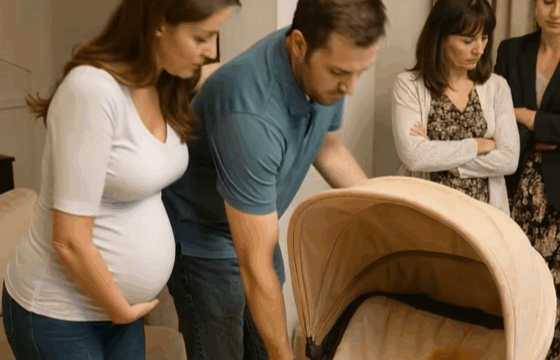If you’ve ever spent time exploring the shores of Pensacola Bay with kids in tow, chances are you’ve heard someone shout with glee, “Look! I found a sea turd!” It may sound silly, but these mysterious little orbs that children proudly present aren’t as strange—or as gross—as the name suggests.

Despite the funny nickname, what kids are really finding are naturally occurring mud balls. These curious little spheres are a regular sight along the coastal edges of Pensacola, especially near sandy banks, grassy marshes, and shallow bay waters. While they often spark confusion and curiosity, their origins are completely natural and actually rooted in the unique makeup of the bay’s seafloor. These balls are not manmade, nor are they the byproduct of sea creatures. Instead, they form thanks to a fascinating process involving sediment, water, and time. Underneath the water’s surface lie soft, clay-rich mud banks that make up much of the bay’s bottom. Over time, small chunks of this mud break away due to wave action, strong currents, or sometimes even just the passing footsteps of beachgoers. Once separated, these pieces begin an underwater journey.
The currents in the bay gently roll and spin the muddy pieces across the sandy floor. As they tumble, the friction from sand and water acts like nature’s pottery wheel, smoothing and shaping the mud into soft, round balls. The process is similar to how sea glass gets polished or how river rocks turn smooth. The end product is a compact, pliable sphere that’s oddly satisfying to hold—like a stress ball made by nature herself. In most cases, these mud balls are just that—mud. The sediment in Pensacola Bay tends to be dark in color and rich in organic material, which gives the balls their dark green, brown, or almost black appearance. Their texture might be a little squishy, but they’re typically free of any unpleasant odor or residue.
Understandably, their odd color and consistency can raise questions—especially in a world where oil spills and marine pollution are real concerns—but rest assured, these little mud spheres are generally harmless. However, if you ever pick one up and notice a strange smell, odd stickiness, or unusual color, it’s best to toss it and wash your hands, just to be safe. For the most part, though, they’re clean and benign clumps of sediment with a fascinating backstory.
For many families who live near the Gulf Coast, finding these mud balls has been a beloved beach tradition. They’re quirky, weird, and fun to collect—turning an ordinary day at the bay into an impromptu science lesson. Kids love the mystery of them, the tactile experience, and the opportunity to show off their unusual finds. These beach treasures often spark conversations about geology, tides, sediment movement, and how natural forces can shape the environment in unexpected ways. So the next time your child runs up holding a squishy dark ball and announces they’ve discovered a “sea turd,” you can smile knowingly and say, “Ah, another fine example of a Pensacola Bay mudball.” You might even want to join in on the hunt and scoop up a few of your own. These beach oddities might not have a place in a museum, but they hold a special place in family memories. They’re part of what makes seaside adventures so magical—the little discoveries that stay with us long after the sunburns fade and the sand is shaken from our shoes. Whether it’s a perfect sand dollar, an unusually shaped shell, or one of these mysterious mud balls, these are the tokens of childhood curiosity and coastal wonder. They may be humble and a bit squishy, but they represent the joy of discovering something unexpected in nature, and that’s a kind of treasure all its own.





